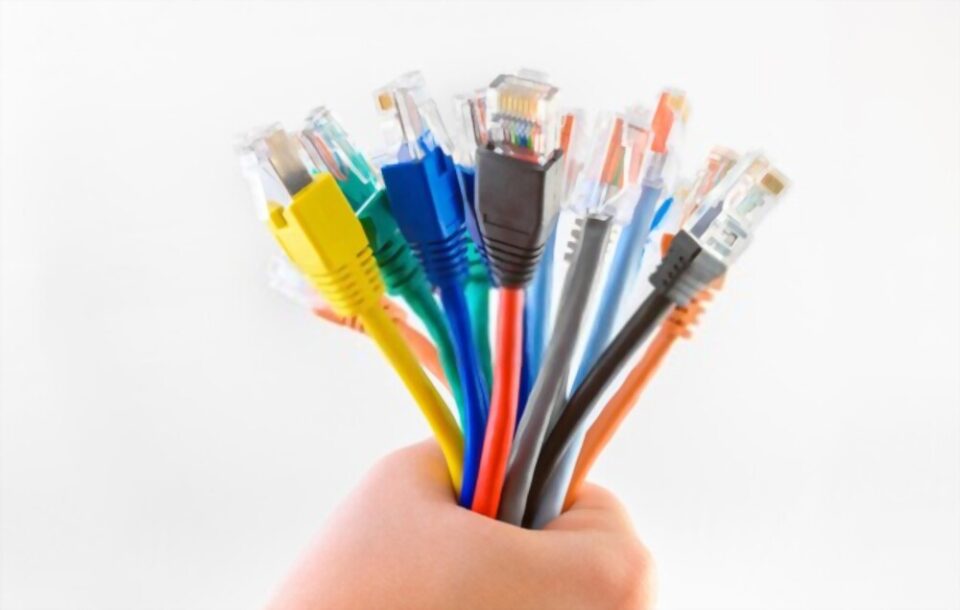We all crave faster internet speeds, so we always seem to be looking around for better internet connectivity options and that too at cheaper rates. With the rapidly growing telecommunication industry, we see a wider range of options in terms of internet type, providers, plans, and price ranges, etc. You can choose the internet type as per your speed and connectivity requirements. Generally, users find cable internet quite satisfying, especially when the big cable giants are rolling out budget-friendly offers, as evident in the case of Cox internet prices; more users are attracted to them for accessing faster speed internet.
When it comes to speed, it was initially believed that Gigabit speeds cannot be achieved with Ethernet and would always require optic fiber cables. But this misconception is no longer valid due to the advent of Gigabit Ethernet, which works perfectly using a normal Ethernet cable. Basically, Gigabit Ethernet is a part of the Ethernet terminology and is a standard that is meant to support a maximum data speed of one gigabit per second, i.e. 1000 Mbps. Therefore, Gigabit internet works in the same way as Fast Ethernet does, that is, through copper wires. It is extremely powerful for transferring data over shorter distances. So, without further ado, let’s dig deeper into what is Gigabit Ethernet all about, is it better in comparison with Fast Ethernet, and what are its advantages?
Dive in to find out!
Table of Contents
How Fast is Gigabit Ethernet in Actuality?
There are various phenomena like retransmissions, collisions, or any other systemic failures that might result in the degradation of a full 1 Gbps speed to some extent. Other than that, under normal conditions, the data transfer speed could be as fast as up to 900 Mbps, but this again depends on the various limiting factors. Concurrent devices might also lower the download speeds on different devices.
Chances are that there can be home routers with Gigabit Ethernet Ports but CPUs that cannot bear the load and fail to support the incoming and outgoing data at the maximum speeds of the network connection. The greater the number of devices connected to the network, the more difficult it might get for the router to provide higher speeds over the Gigabit Ethernet connection.
Gigabit Ethernet (GE) vs. Fast Ethernet (FE)
Both these Ethernet types are commonly used for establishing connections in LAN. Here is a quick comparison to gain a better understanding:
- Fast Ethernet allows a transmission speed of around 100 Mbps and has multiple types, whereas Gigabit Ethernet has a speed of 1000 Mbps, which means Gigabit Ethernet is ten times faster.
- Fast Ethernet, providing speeds of around 100 Mbps, is more suitable for small-sized businesses or home networks where such speeds would be more than enough to cater to the online routines. Gigabit Ethernet, on the other hand, is more suitable for faster speed applications and large enterprises, as it offers speeds up to 1000 Mbps.
- You can expect coverage of around 10 kilometers for FE while GE can provide coverage of around 60 to 70 kilometers.
- RTD or Ping Time basically refers to the time required for the web browser to transmit or receive signals via the server and is generally expressed in milliseconds. As far as the Round Trip Delay (RTD) is concerned, Fast Ethernet has a longer delay as compared to Gigabit Ethernet.
Should you get a Gigabit Ethernet?
Nowadays, GE is quite inexpensive which makes it a good choice for home usage as well as for offices. Since GE provides a significantly greater connection speed as compared to FE, it can be very helpful in boosting the performance of the connected devices and the wired LAN.
In case multiple users are accessing the wired network simultaneously, Gigabit Ethernet has more to offer in terms of total bandwidth roundtrip and you are less likely to face any lags due to congestion, hence resulting in a better network performance than Fast Ethernet.
Having a GE can also be more beneficial while sharing larger files or performing backups over the connection.
To set up a GE network, you will be needing devices that are compatible with the Gigabit network adapters. Laptops and notebooks are usually Gigabit Ethernet compatible and support it. All your devices must be plugged into appropriate ports.
Wrapping Up
If you are planning to get Gigabit Ethernet for your home or office usage, the aforementioned discussion might help you in making the right decision. It can prove to be very useful for offering better speed and network performance. The potential benefits of Gigabit Ethernet are surely worth looking at, especially considering its low costs. So, all in all, it is a more preferable choice as compared to Fast Ethernet, and is commonly being used around. However, do consider the number of users and your speed requirements before you finally make up your mind.

